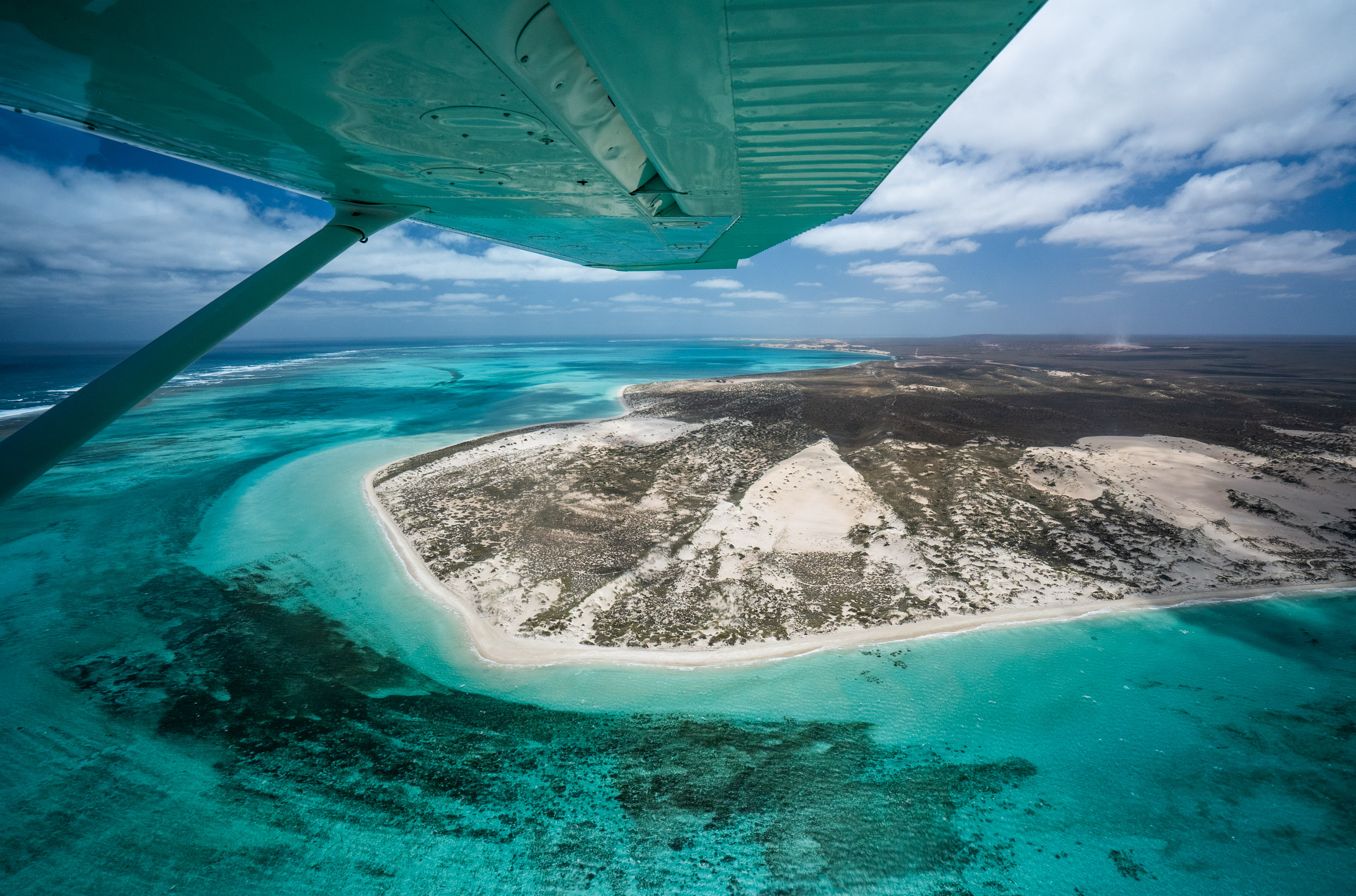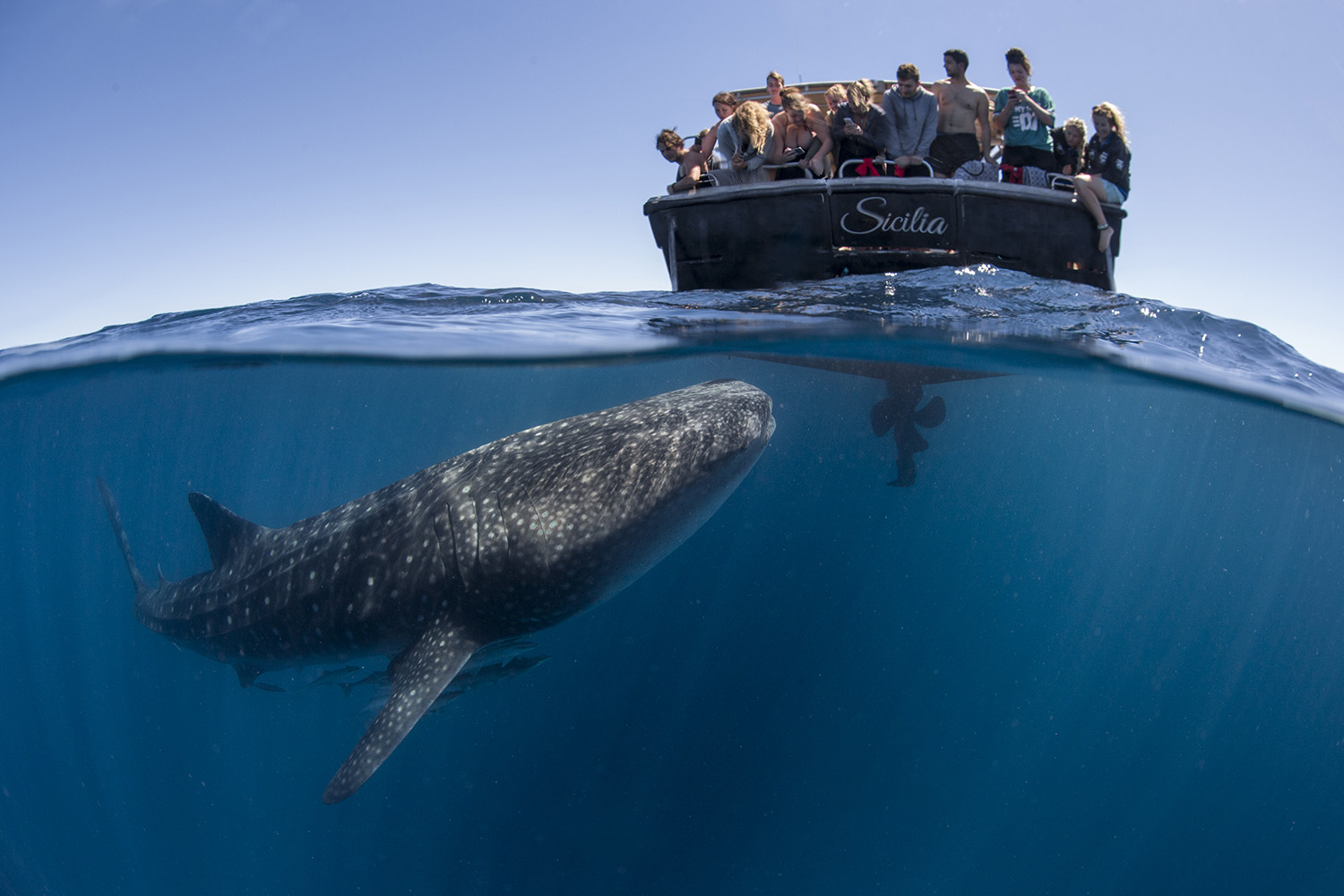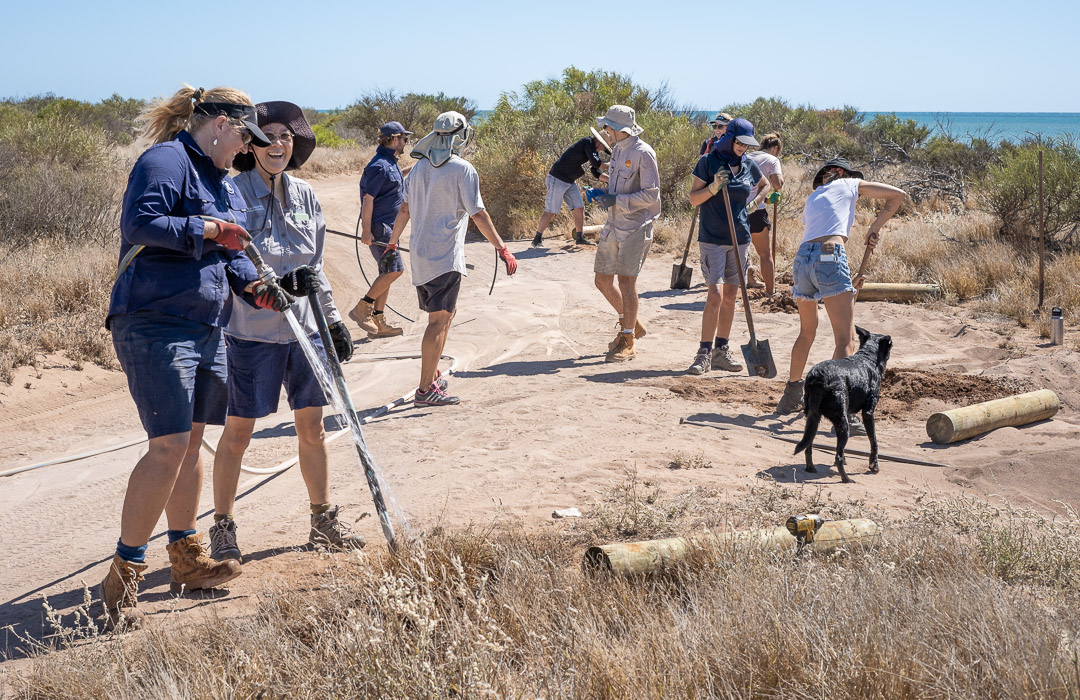Tell us about your work at The Great Barrier Reef Foundation, leading the Resilient Reefs Initiative?
Resilient Reefs is a global partnership working to support World Heritage coral reefs and the communities that depend on them to adapt to climate change and local threats. It was developed in response to a call to action from reef managers globally, who acknowledged that local authorities are under-resourced, under-connected, and overwhelmed with the pace and impact of climate change.
We work closely with four amazing reefs—in Australia, Belize, New Caledonia and Palau—to build government capacity and partner on the design and delivery of integrated solutions that build the resilience of coral reefs and the communities that depend on them. The work is led and delivered by local governments and communities and is informed by global experts and the best science available.
Why did you decide to get involved in conservation?
At an early age, I had a strong affinity to wild places and a passion for protecting them; indeed my first job was for an environmental NGO canvassing door-to-door. My passion for social justice was equally strong, and my career quickly focused in on developing more equitable urban policies, working for both local governments and think tanks.
Over the last decade, these threads have come together as I’ve partnered with large cities, and now coral reefcommunities, around the world to build resilience to climate change. There are so many opportunities to advance equity and environmental goals together. There are practical on ground efforts like developing nature-based solutions that protect both nature and people, and more broadly the opportunity for stronger alliances between those seeking to conserve nature and those seeking to support vulnerable communities and build resilient cities. Protecting key landscapes—and the carbon they hold—is one of the ways we can reduce the severity of climate catastrophes in the future.
All the Resilient Reefs sites are World Heritage Listed coastal communities that need to balance competing values and uses. What are the cornerstones of a successful resilience programme? And how do you ensure the Reef, communities and local economy can withstand the stress of climate impacts and the work you are doing is enduring?
Building resilience isn’t about ensuring or maintaining the status quo—that isn’t possible, and it isn’t what will be needed to survive climate change. Building resilience is about building the capacity to better absorb shocks and adapt to changing situations. This holds for human and coral communities alike.
A resilient coral reef has high levels of diversity, known as “functional redundancy,” which enables ecosystems to survive even if some species are lost. Resilient communities are similar– they have strong social networks and a diversity of people, knowledge and functions. In a resilient community, there are diverse livelihood options that make it easier to thrive when a shock threatens one source of income. This is especially important for communities that depend on reefs, where a shock (like a global pandemic decimating local tourism economies) can result in excessive pressure on the reef’s resources as communities return to livelihoods such as commercial fishing to make ends meet.
A cornerstone of successful resilience planning is looking holistically at the socio-ecological system—its assets and its vulnerabilities—and designing solutions that build the adaptive capacity of both people and place.
At present what is holding it back from having greater impact? And what is the catalyst that is needed?
We are working on dynamic, complex challenges, and the solutions will necessarily be multi-faceted (requiring new resources, science and policy innovations, etc.). However, one of the key challenges we see is the need to accelerate the readiness and capacity of governments.
Reef management authorities—like so many governments around the world—face an urgent need to transform how they understand risk and plan for the future. Management approaches need to better reflect climate uncertainty and enable more flexibility and nimbleness to respond when conditions change. Institutional risk aversion must be replaced with an appetite to explore new technologies or partnerships that could lead to new solutions. More can be done to break down siloes, and integrate with community planning efforts (in infrastructure, economic and social development, among others) and develop actions that deliver multiple benefits for coral and human communities alike.
In short, there is an imperative to advance adaptive governance better suited for the scale and impact of the change we are likely to see. That is incredibly hard work in an emerging field, and local authorities are often stretched thin with delivering on their core mandates. That’s why we are thrilled to be supporting them with new resources to do this challenging, important work.
Can you tell us about the Resilient Reefs’ blue carbon initiatives?
Coral reefs and blue carbon ecosystems are deeply interconnected; functioning blue carbon ecosystems (seagrasses, mangroves) are critically important to support coral reef health. And the role of Blue Carbon ecosystems as globally significant carbon sinks is increasingly understood.
Yet current Blue Carbon restoration work is small-scale, fragmented and largely focused on carbon sequestration rather than the full suite of environmental benefits they can provide. There is an urgent need for coordinated effort to overcome key barriers and fill critical gaps that prevent the development of large-scale, investment-ready Blue Carbon ecosystem restoration projects, and also deliver a full suite of environmental, cultural and social-economic benefits. That is work that GBRF, in consultation with world leading blue carbon experts and our partner sites, is working to advance in the very near future.



